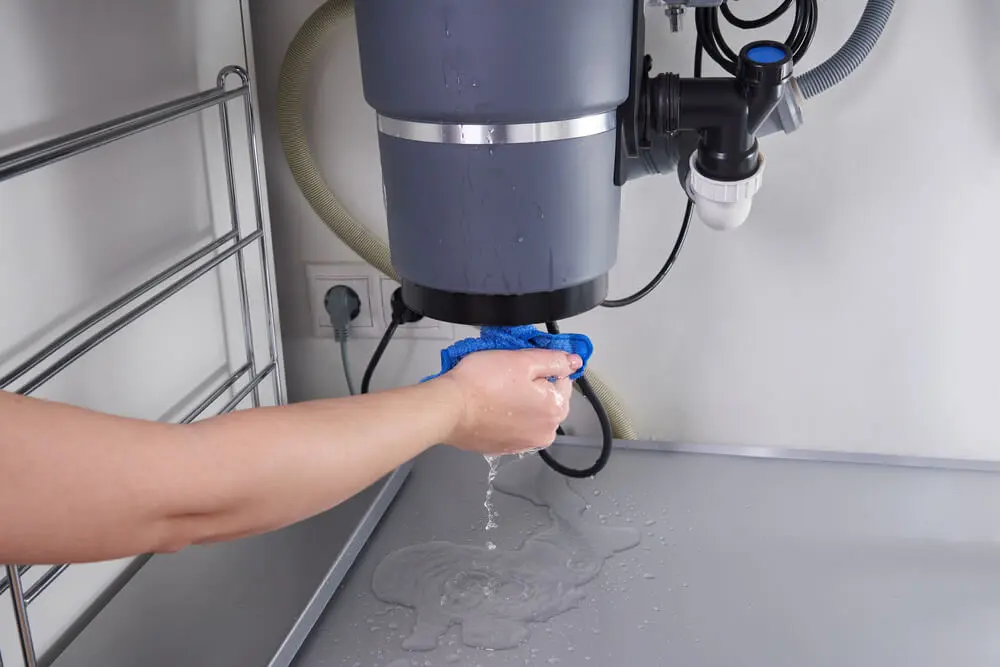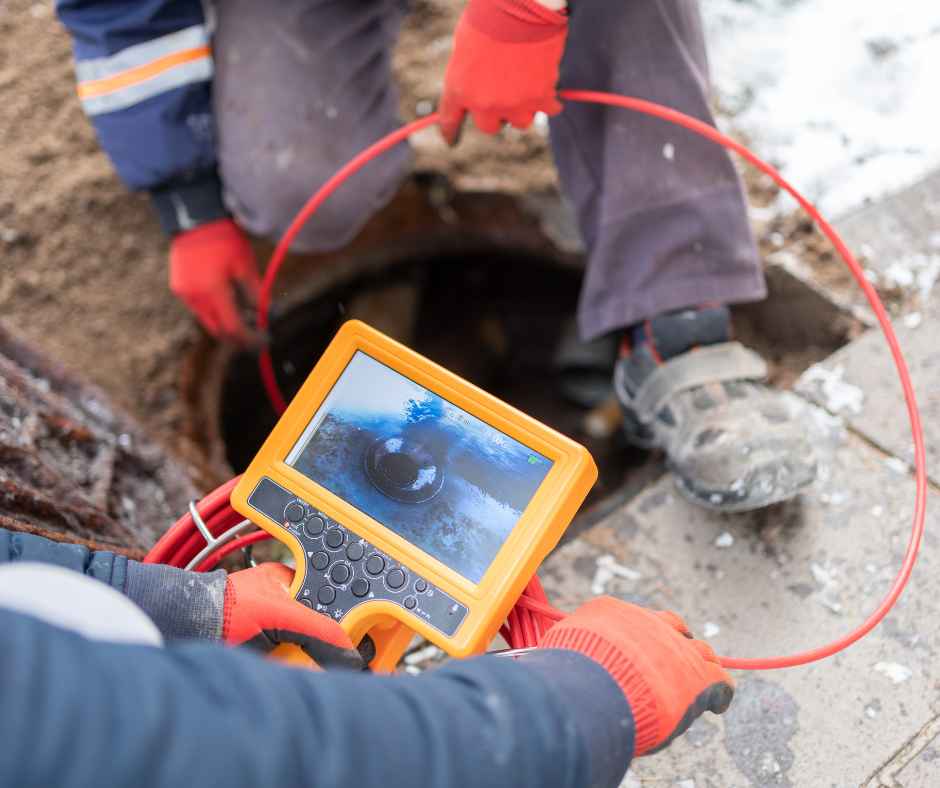Proudly Serving Rock Hill and Surrounding Areas
What to Do When Your Water Is Too Hot: Troubleshooting Water Heater Thermostats

Have you ever turned on the faucet expecting a warm stream of water, only to be met with scalding hot water that’s too dangerous to touch? A water heater producing excessively hot water is not only an inconvenience but can also be hazardous. The likely culprit is a malfunctioning thermostat within your water heater system.
Let’s explore what causes this issue, how to troubleshoot it, and when it might be time to replace your water heater thermostat altogether.
How Can A Malfunctioning Water Heater Thermostat Cause Excessively Hot Water?
A water heater thermostat regulates the temperature of the water inside the tank. When functioning correctly, it ensures that the water stays within the designated temperature range—usually between 120 and 140 degrees Fahrenheit. However, when the thermostat malfunctions, it can fail to control the temperature properly, causing the water to become excessively hot.
Here’s how a faulty thermostat can lead to dangerously hot water:
- Overheating: A broken thermostat may be unable to signal the heating element to turn off, leading to water heating beyond the set temperature.
- Inconsistent temperature regulation: Instead of maintaining a consistent water temperature, a defective thermostat might sporadically cause the water to overheat.
- Thermal runaway: If a thermostat fails to turn off at the appropriate temperature, the water may continue heating without stopping, increasing the risk of scalding burns.
In dual-element water heaters, where there are two thermostats (upper and lower), a malfunction in either one can result in overheating, as both are necessary for balanced temperature control. If one thermostat fails, the other might compensate by overworking, leading to a spike in water temperature.
What Steps Can You Take To Adjust The Water Heater Thermostat Safely?
If you suspect that your water heater thermostat is the cause of excessively hot water, it’s important to troubleshoot the issue promptly. Here are steps you can take to safely adjust or troubleshoot the thermostat:
- Turn off the power supply
- For electric water heaters, turn off the circuit breaker connected to the water heater.
- For gas water heaters, locate the control knob and set it to the “Pilot” or “Off” position.
- Access the thermostat
- On electric water heaters, remove the thermostat cover by unscrewing the access panel. This will expose the upper and lower thermostats if your unit has dual elements.
- For gas water heaters, locate the temperature control dial on the front of the unit.
- Adjust the temperature settings
- The recommended water heater temperature is between 120°F and 140°F. If the temperature setting is above this range, lower it.
- Use a flathead screwdriver to turn the dial to the desired temperature. For electric water heaters, be sure to adjust both thermostats if your unit has two.
- Test the water temperature
- After adjusting the thermostat, turn the power back on and allow the water heater to run for a few hours.
- Test the water temperature at a faucet using a thermometer to ensure it stays within a safe range.
- Replace the thermostat if needed
- If adjusting the settings doesn’t resolve the issue, the thermostat might be faulty and require replacement.
Important safety tip: Always follow the manufacturer’s instructions when adjusting the water heater thermostat. If you’re unsure or uncomfortable handling electrical components, consider contacting a professional to ensure the adjustments are done correctly.
Can A Faulty Thermostat Lead To Dangerous Water Temperatures In A Water Heater?
Yes, a faulty thermostat can lead to water temperatures that are not only uncomfortable but dangerous. Scalding burns can occur quickly, especially if the water temperature exceeds 140°F. In fact, at 150°F, it can take just two seconds to cause third-degree burns, while water at 160°F can scald you in less than a second. For households with young children or elderly individuals, the risk is even higher due to their more sensitive skin.
Beyond burns, overly hot water can also damage your plumbing system. Pipes and fixtures may not be designed to handle such extreme temperatures, leading to long-term wear and tear. In extreme cases, the pressure build-up from excessively hot water could even cause damage to the water heater tank itself.
To prevent these risks, it’s crucial to address a malfunctioning thermostat as soon as possible. Regular maintenance and periodic temperature checks can help ensure that your water heater is operating safely.
What Are The Common Signs That Your Water Heater Thermostat Needs To Be Replaced?
A malfunctioning water heater thermostat might not always be immediately noticeable, but there are several telltale signs that indicate it’s time for a replacement:
- Inconsistent water temperatures: If the water alternates between too hot and too cold without explanation, it could be due to a failing thermostat.
- Water is scalding hot: Persistent overheating is one of the most common signs of a thermostat that’s no longer regulating temperatures correctly.
- Water doesn’t heat up: On the flip side, a thermostat that can’t signal the heating element to turn on may result in lukewarm or cold water.
- Unusual noises: If your water heater is making banging, popping, or sizzling sounds, it could be a sign of overheating water, which may be caused by a faulty thermostat.
- Water heater runs constantly: If the heater’s elements are running more than usual, it’s possible that the thermostat is not turning them off when it reaches the desired temperature.
If any of these symptoms persist despite adjustments, it’s a strong indication that the thermostat is no longer functioning properly and should be replaced.
Troubleshooting a water heater thermostat can help you resolve issues of excessively hot water and ensure the safety of your household. By understanding the causes of a malfunctioning thermostat, safely adjusting the settings, and recognizing the signs of a faulty thermostat, you can take the necessary steps to protect your home from dangerous water temperatures. If you’re ever in doubt about handling these issues yourself, don’t hesitate to call in a professional for assistance. It’s always better to be safe than sorry when dealing with water heater components!
FAQs About Our Service Costs at Full Spectrum Plumbing Services
- What factors influence the cost of plumbing services?
The cost of our plumbing services can vary based on several factors, including the complexity of the job, the type of service required, and the materials needed. For instance, routine maintenance is generally less expensive than emergency repairs or major installations. - Are there any additional fees I should be aware of?
We believe in transparency. While our estimates cover most costs, certain situations may incur additional charges, such as emergency service fees during off-hours or specialized equipment rentals. We’ll inform you upfront about any potential additional costs before beginning work. - Do you offer free estimates?
Yes! At Full Spectrum Plumbing Services, we provide free estimates for most plumbing projects. This allows you to understand the costs involved before making any decisions. - Can I expect to see the pricing breakdown?
Absolutely! We provide a detailed breakdown of our pricing, so you’ll know exactly what you’re paying for, from labor to materials. - Do you have financing options available?
Yes, we offer financing options to make our services more accessible. Our team can discuss flexible payment plans tailored to fit your budget.
Ready to Experience Top-Notch Plumbing Services?
Don’t let plumbing issues disrupt your daily life! Trust Full Spectrum Plumbing Services for expert solutions and exceptional customer care. Contact us today for your free estimate and let us take care of your plumbing needs. Your satisfaction is our top priority, and we’re here to ensure your home runs smoothly!
Recent Posts

Common Plumbing Problems Charlotte Homeowners Face Each Year

How Charlotte NC Residents Can Protect Their Homes From Winter Pipe Damage

How to Recognize a Sewer Line Problem Before It Damages Your Home
Have a Question?


